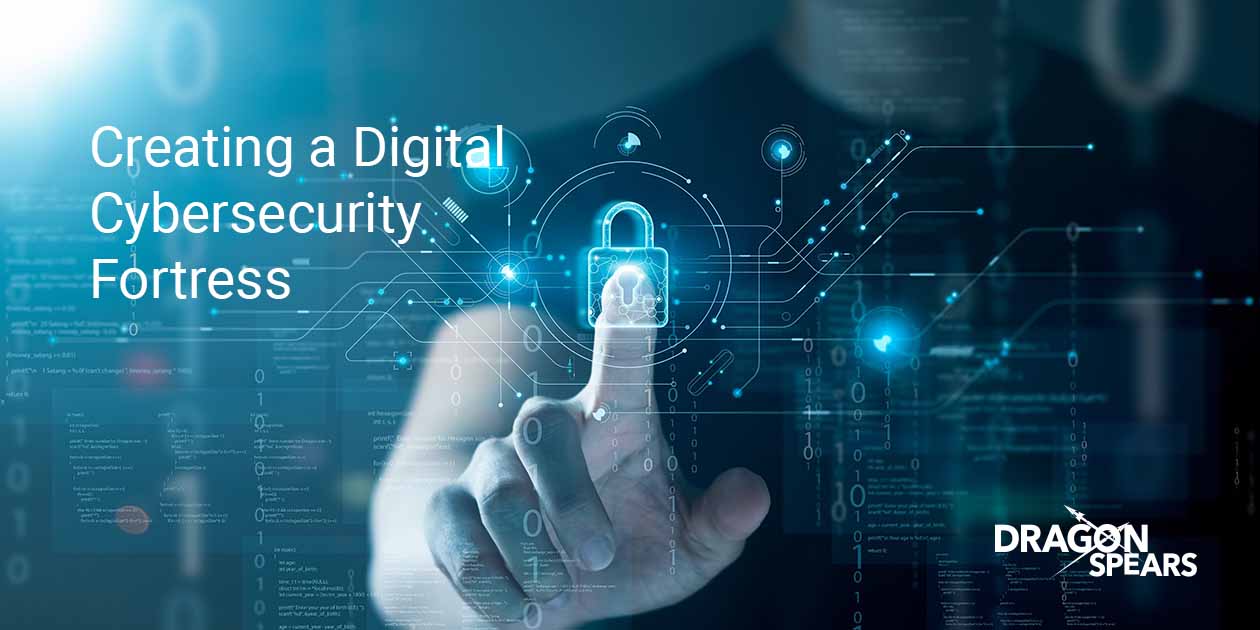
In today's interconnected world, where cyber threats lurk around every corner, organizations must fortify their defenses to safeguard their most precious asset: data. Traditional security models based on trust have proven insufficient, leaving vulnerabilities that attackers exploit with increasing sophistication. It's time to shift gears and adopt a revolutionary approach that challenges the very notion of trust – welcome to the world of Zero Trust architecture.
Picture a digital fortress where every user, device, and network request is treated as potentially malicious. It may sound daunting, but in this comprehensive guide, we will demystify the concept of Zero Trust architecture and equip you with the knowledge and tools to embark on this transformative journey.
What is Zero-Trust Architecture Approach?
The Zero-Trust architecture approach is a security measure that creates a cybersecurity network where nothing is trusted by default. It is a mode where no user, device, or application is trusted until it is authenticated and authorized. The Zero-Trust architecture approach ensures that the risks associated with data are managed, detected, and mitigated efficiently and proactively. By implementing the Zero-Trust architecture approach, potential risks related to data are effectively managed, identified, and addressed in a proactive manner.
Why is Zero-Trust Architecture necessary for Software Development?
Zero-trust architecture is necessary for software development teams for several reasons. The approach is necessary for software development because it offers increased security and compliance. Enterprises can protect their data from breaches by implementing security measures that continuously verify and authenticate users, devices, and applications.
The Zero-Trust approach provides security controls throughout the software development process, from development to deployment, ensuring that the infrastructure and data are protected. Software development environments contain highly sensitive data like source code, credentials, and proprietary information, which are lucrative targets for cyber attackers. The zero-trust approach minimizes the attack surface by only granting access to authorized individuals, reducing the risk of data breaches and leaks. It's common for software development teams to collaborate with external partners and third-party vendors, increasing the potential attack vectors.
The zero-trust model ensures that access is strictly limited to only necessary resources, protecting against threats from less secure external networks and devices. Also, software teams may have large quantities of engineers, testers, and other team members accessing systems and resources. The zero-trust approach allows for granular access controls and micro-segmentation to contain any breaches, preventing threats from spreading laterally across the system.
Steps to Implement Zero-Trust Architecture Approach
Implementing the Zero-Trust architecture approach is a complex process that involves various stages. These stages include:
- Safeguarding sensitive data. - To ensure optimal security, it is crucial to take a systematic approach when identifying critical data and systems. Once you have identified the most important data and systems, properly classify them based on their sensitivity levels; this will help you determine the appropriate level of protection needed to keep them secure.
- Limiting access - After identifying your sensitive data, it is crucial to restrict access to only those who need it. This step will reduce the risk of sensitive data exposure and make it harder for hackers to breach it. Auditing access permissions at the individual, group, and organizational levels is recommended.
- Detecting threats - It is essential to be vigilant in detecting any suspicious activity related to your data or networks. Consistently monitor and log all activities involving data access, including active directory, file and share access, and network perimeter telemetry. By comparing current activity to previous behavior baselines and utilizing security analytics and rules, abnormal activities that may indicate active cybersecurity
Zero-Trust Architecture Benefits
The Zero-Trust architecture approach provides numerous benefits to software development, including:
- Increased security by eliminating default trust settings
- Advanced data protection through continuous authentication and authorization
- Improved compliance by monitoring access to sensitive data
- Reduced risk of breaches by limiting access to critical assets
- Increased security across cloud infrastructure
- Reducing the risk of unauthorized access
Implementation Challenges
Despite the many advantages of the Zero-Trust architecture approach, there are challenges in implementing it. Some of these challenges include:
- Complexity: Implementing Zero Trust architecture can be complex and challenging, especially for organizations with existing legacy systems and network infrastructure. It requires significant planning, redesigning of network architecture, and coordination across different departments and stakeholders.
- Integration and Compatibility: Integrating Zero Trust principles into existing systems and applications can be challenging. Legacy systems may not natively support the required security controls and protocols, necessitating additional development or integration efforts. Ensuring compatibility and interoperability across different architecture components can be time-consuming and resource intensive.
- User Experience Impact: Zero Trust architecture often introduces additional authentication and verification steps, potentially impacting the user experience. Users may need to go through multiple authentication prompts, provide additional information, or encounter delays when accessing resources. Balancing security requirements with a seamless user experience is a challenge that organizations need to address.
- Organizational Change: Implementing Zero Trust architecture requires a shift in mindset and culture within the organization. It challenges the traditional trust model and may require employees to adopt new security practices and behaviors. Proper training and awareness programs are crucial to help employees understand Zero Trust's rationale and encourage cooperation and compliance.
- Resource and Cost Considerations: Implementing Zero Trust architecture often involves investing in new technologies, security solutions, and infrastructure upgrades. Organizations must allocate resources and budget for the necessary investments in technology, personnel, and ongoing maintenance. The cost of implementation and the impact on the organization's budget should be carefully considered.
- The complexity of Identity Management: Identity and access management (IAM) becomes critical in Zero Trust architecture. Managing user identities, access controls, and authentication mechanisms across various systems, applications, and devices can be complex. Organizations need to establish robust IAM processes and technologies to ensure seamless and secure identity management.
- Scalability and Performance: Zero Trust architecture relies heavily on continuous authentication, authorization, and monitoring mechanisms. Ensuring these processes scale efficiently to accommodate the growing number of users, devices, and network traffic can be challenging. Designing the architecture to handle increased workloads without compromising performance or user experience is essential.
In conclusion, implementing Zero Trust architecture can provide organizations with a robust and proactive security approach, mitigating the risks associated with today's evolving threat landscape. While challenges may arise during the implementation process, organizations can successfully embrace this paradigm shift with careful planning and the right expertise.
Don't hesitate to contact DragonSpears for expert advice, tailored solutions, and ongoing support. Let's enhance your organization's security and protect your valuable assets in the dynamic digital landscape.

